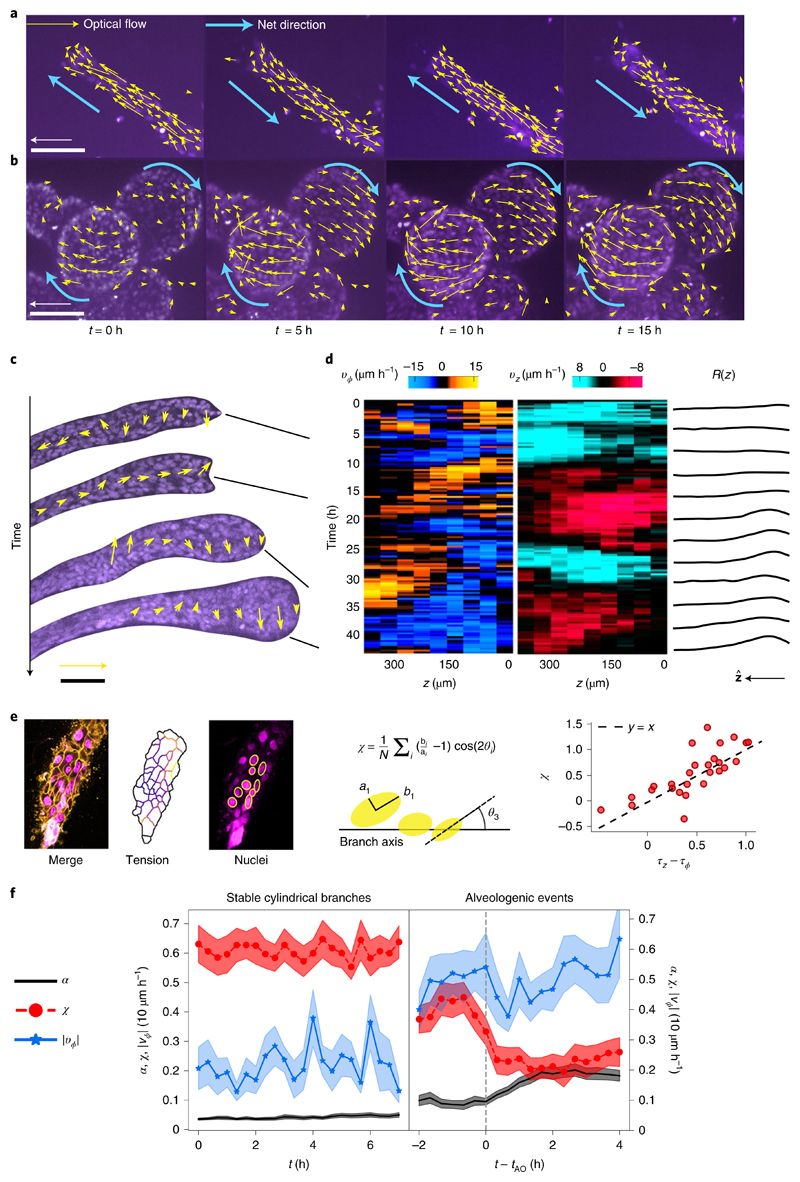Fig. 3. Alveoli undergo collective rotation.
a, Characteristic back-and-forth movement parallel to the axis in a cylindrical branch. Arrows show optical flow for a 20 min time step. Scale bar, 100 μm. Arrow, 30 μm h−1. b, Spherical alveoli rotate for at least 20 h. Scale bar, 100 μm. c, Observation of cell dynamics during alveologenesis shows that rotation is spatially limited to the distal end, correlating with the location of the nascent alveolus. Notice the coexisting opposite rotation senses at time t = 33 h. Scale bar, 100 μm. Arrow, 30 μm h−1. d, Mean circumferential velocity vϕ(z, t), mean axial velocity vz(z, t) and local radius R(z, t) along the branch for the experiment shown in c. e, Nuclei elongation can be used to infer tension anisotropy. We defined a nuclear anisotropy parameter χ by averaging a function of the nucleus elongation bi/ai and angle θi over several nuclei located at the lower z slices. This parameter may be positive for the elongated nuclei aligned parallel to the branch axis, zero for isotropic distributions or round nuclei, and negative for circumferential alignment. Comparing this parameter with the tensions obtained from force inference in double-stained branches, we found that χ is approximately equal to the tension anisotropy f, Sample-average shape index α, nuclear bias χ and absolute circumferential velocity |vϕ| as a function of time for two different scenarios: stable cylindrical branches, where α < 0.1 throughout (n = 11, left), and alveologenic events aligned relative to the onset time tAO (n = 24).

